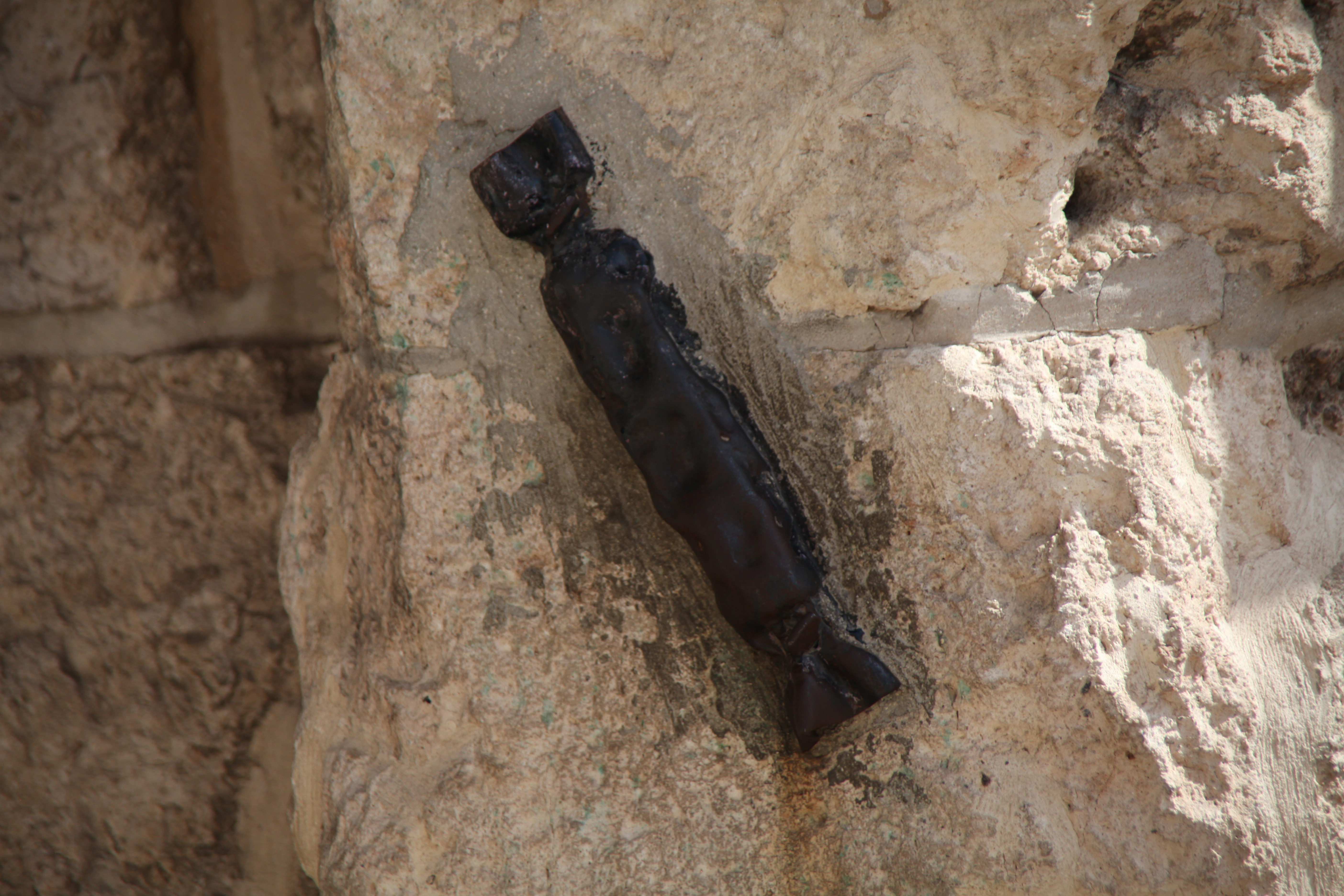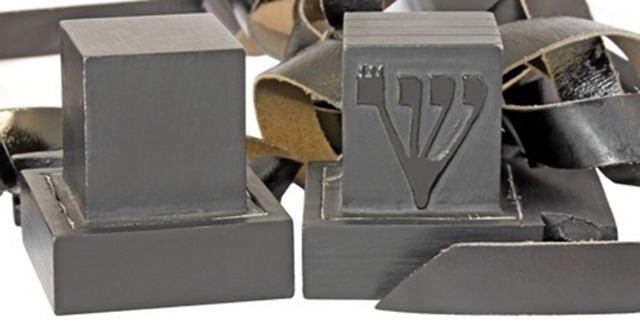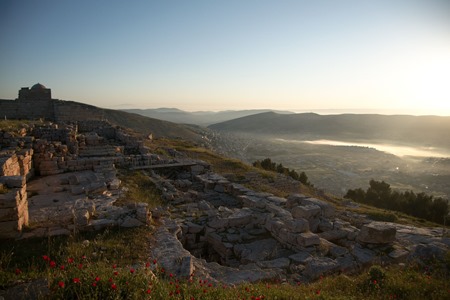-

What about the mezuzah?
In our study on the use of tefillin we came to the conclusion that it is not possible to defend either side of the argument. In the same scriptures we also see the reference to the writing of the words on the doorpost. This leads to the next question – should we interpret this part…
-

Tefillin – To use or not to use?
After our previous article on prayer, we have done some study on the traditions and customs that surround prayer. One of the topics that have come up in our discussions about prayer, is the use of tefillin or phylacteries. People wonder if the Jewish interpretation of Scripture is valid. Should we interpret the verses literally…
-

Evangelize as Y’Shua did
We often meet people who are convinced of their truth and are willing to share this with everybody willing to listen. If these people sense any disagreement, it can usually lead to long and heated debate. When you go on the internet onto social sites like Facebook, you find the exact same pattern. In the…
-

Who are the Samaritans?
Recently I saw the importance of context again when I was doing some Bible study. I wanted to get a good understanding of the changes that had happened in the world between the books of Malachi and Matthew. The purpose of this study was not to be a history lesson, but purely to understand how…
-

Joshua’s Altar has been found on Mount Ebal
During our latest trip to Israel for the feast of Sukkot, we had the wonderful opportunity to visit Mount Ebal. This is normally impossible as this is part of the “occupied territories” also better known as Samaria (Shomron in Hebrew). Before I continue, let us back up a little. During one of our previous trips,…
